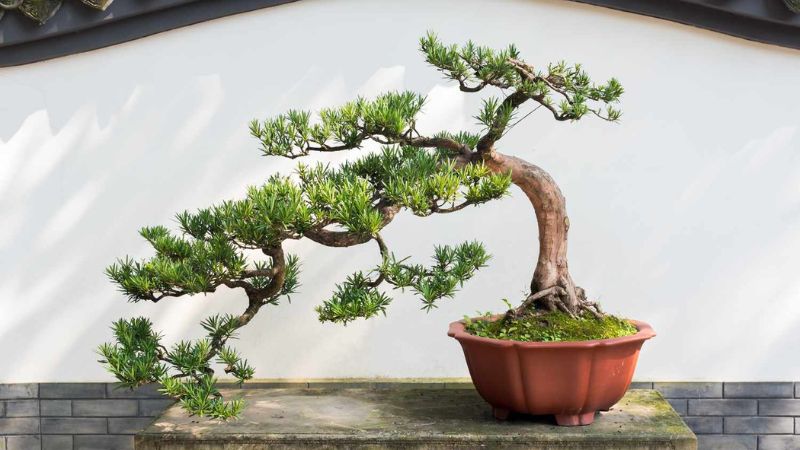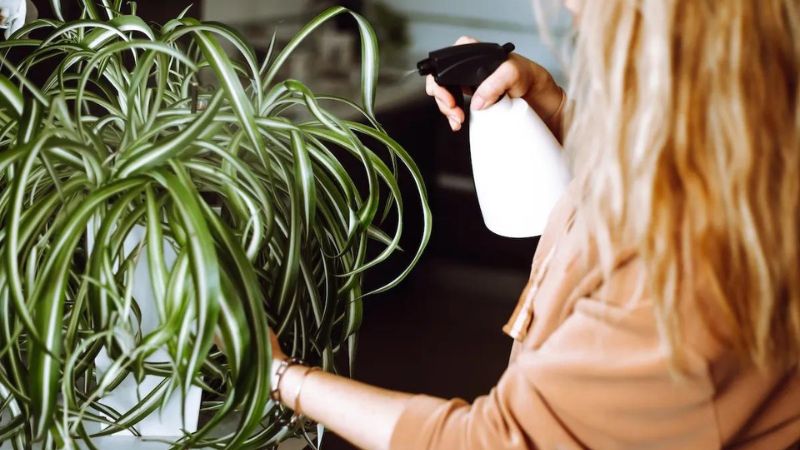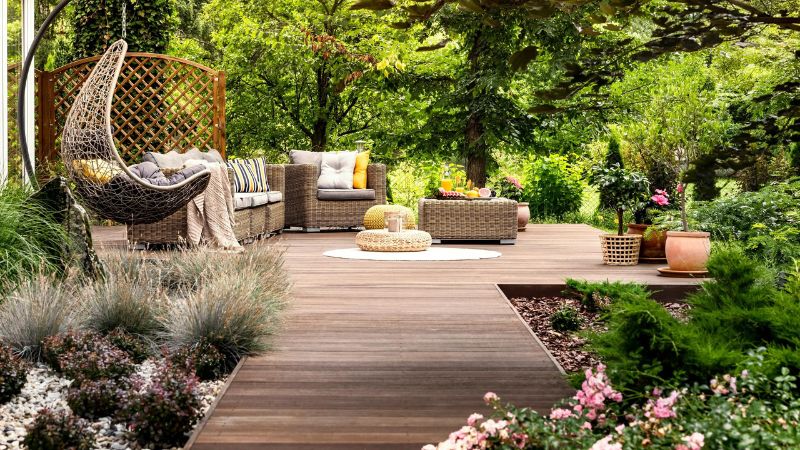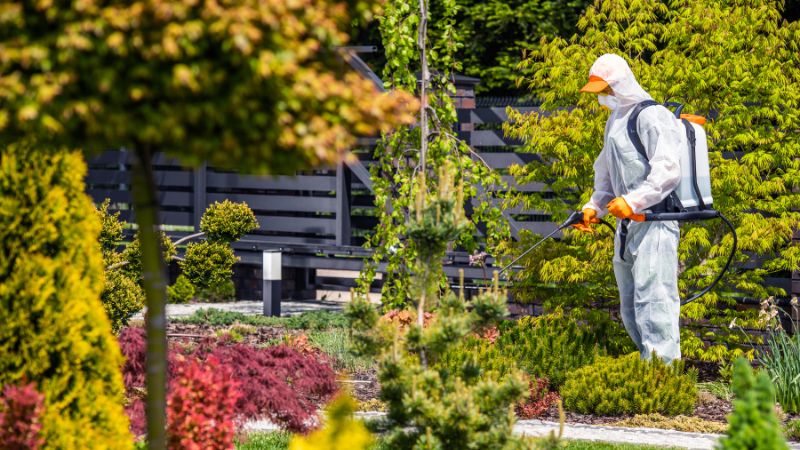Bonsai trees are a captivating art form that combines horticulture and aesthetics to create miniature versions of trees. They are not only beautiful to look at but also offer a sense of tranquility and mindfulness to their caretakers. If you’re new to the world of bonsai, selecting the right type of tree can be overwhelming. To help you get started, here are eight types of bonsai trees that are perfect for beginners.
1. Ficus Bonsai (Ficus Retusa)

Ficus bonsai trees are ideal for beginners due to their resilience and forgiving nature. They tolerate a wide range of conditions, including indoor environments with moderate light. Ficus bonsai trees have glossy green leaves and can be styled in various ways, making them versatile for beginners to practice shaping and pruning techniques.
2. Chinese Elm Bonsai (Ulmus Parvifolia)
Chinese Elm bonsai trees are another excellent choice for beginners. They are hardy and can adapt to different light conditions, making them suitable for both indoor and outdoor cultivation. Chinese Elm bonsai trees have small, serrated leaves that turn golden-yellow in autumn, adding to their visual appeal.
3. Jade Bonsai (Crassula Ovata)
Jade bonsai trees are known for their thick, fleshy leaves and attractive trunk structure. They are low-maintenance plants that thrive in bright light and well-draining soil. Jade bonsai trees are perfect for beginners who want a unique and eye-catching addition to their collection.
4. Juniper Bonsai (Juniperus)
Juniper bonsai trees are popular among beginners for their rugged appearance and adaptability. They are outdoor trees that prefer full sun and well-draining soil. Juniper bonsai trees can be styled in various traditional bonsai forms, such as cascade or windswept, allowing beginners to explore different design options.
5. Japanese Maple Bonsai (Acer Palmatum)

Japanese Maple bonsai trees are prized for their delicate foliage and vibrant colors. They require some experience but are still suitable for beginners who are willing to learn and invest time in their care. Japanese Maple bonsai trees thrive in partial shade and well-aerated soil.
6. Hawaiian Umbrella Bonsai (Schefflera Arboricola)
Hawaiian Umbrella bonsai trees are characterized by their umbrella-like canopy and glossy green leaves. They are indoor-friendly trees that prefer bright, indirect light. Hawaiian Umbrella bonsai trees are forgiving of occasional neglect, making them a good choice for beginners learning about indoor bonsai care.
7. Dwarf Pomegranate Bonsai (Punica Granatum)
Dwarf Pomegranate bonsai trees offer a unique twist with their miniature fruits and small, vibrant flowers. They thrive in sunny locations and well-draining soil. Dwarf Pomegranate bonsai trees are suitable for beginners who want a fruiting bonsai variety that adds a touch of color and interest to their collection.
8. Serissa Bonsai (Serissa Foetida)

Serissa bonsai trees, also known as Snowrose, are admired for their tiny white flowers and fine foliage. They require a bit more attention compared to some other bonsai species but are rewarding for beginners who enjoy the challenge. Serissa bonsai trees prefer bright, indirect light and consistent moisture levels.
Conclusion
Choosing the right bonsai tree as a beginner is crucial for a positive experience and successful cultivation. The eight types mentioned above offer a range of options in terms of appearance, care requirements, and styling possibilities. Remember to research each species’ specific needs and enjoy the journey of nurturing your own miniature masterpiece!



